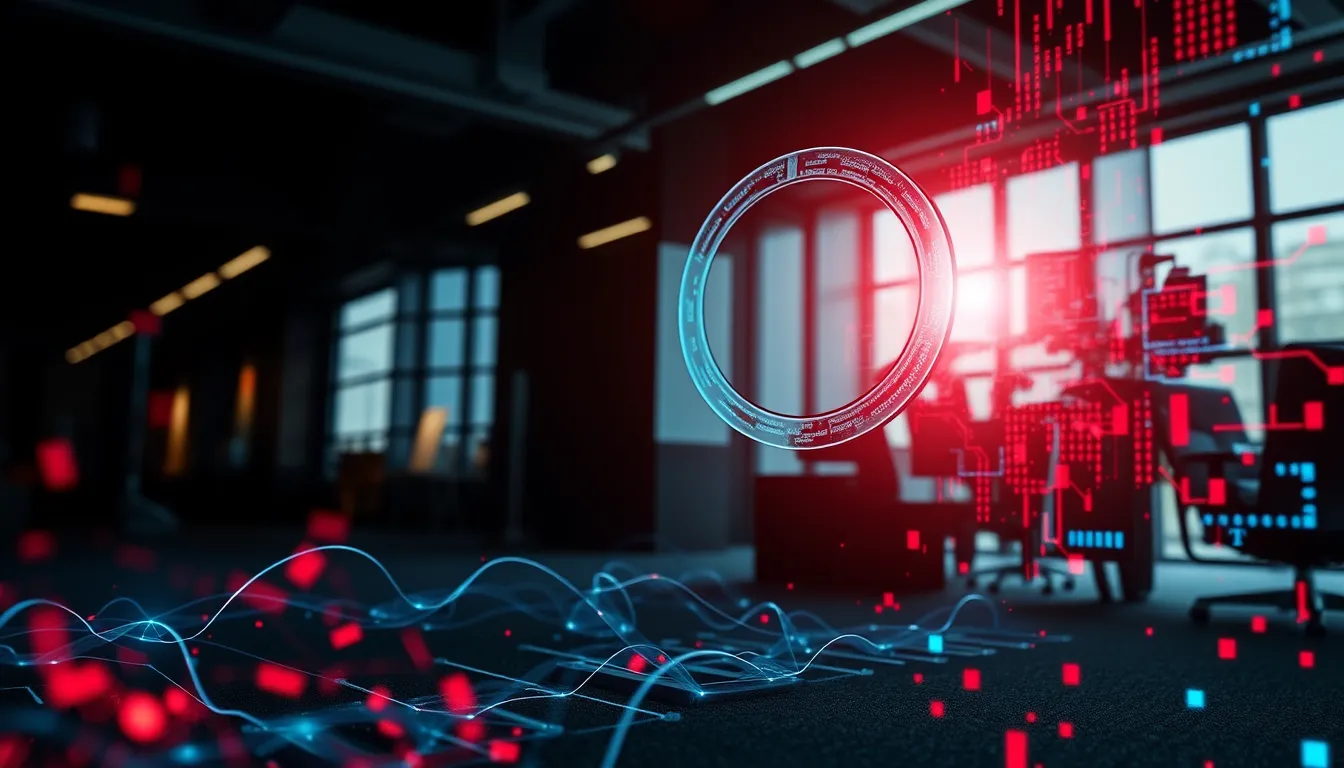Now Reading: Tony Blair Institute AI Copyright Report: Sparks Debate
-
01
Tony Blair Institute AI Copyright Report: Sparks Debate
Tony Blair Institute AI Copyright Report: Sparks Debate

Tony Blair Institute AI Copyright Report: Sparks Debate
In recent months, the Tony Blair Institute AI copyright report has ignited a storm of discussion among experts, creators, technologists, and policymakers. This comprehensive report delves into the intricacies of how artificial intelligence is impacting traditional copyright frameworks. With emerging digital creations and machine-generated content on the rise, the report highlights the urgent need for legal safeguards for creators.
Introduction and Overview
The Tony Blair Institute AI copyright report sheds light on a controversial topic that questions whether our current legal systems can keep pace with rapid technological advancements. The report critically examines how AI-generated digital art and other outputs are challenging established norms. In its analysis, the report discusses how AI fails traditional copyright by exposing gaps in protection and identifying the controversy over AI copyright reform. For more insights, visit the official Tony Blair Institute.
Challenges to Traditional Copyright Frameworks
One of the report’s primary arguments is that conventional copyright laws, designed in a pre-digital era, are increasingly inadequate. The rapid development of digital creations by AI has forced many to rethink how legal systems treat machine-generated content versus human creativity. Key issues discussed include:
- The struggle to distinguish between human and machine-generated works
- The legal uncertainties surrounding digital creations by AI
- The challenge of establishing clear legal safeguards for creators
The report argues that a comprehensive overhaul is needed to bridge the gap between traditional copyright systems and the evolving digital art landscape. By analyzing case studies, the report demonstrates how current frameworks fail to address the nuances of AI innovation.
Detailed Analysis of the Report
The Tony Blair Institute AI copyright report does not shy away from addressing the complexities inherent in intellectual property in the digital age. It includes several sections that offer in-depth case studies on various aspects of AI-generated content:
The Impact on Digital Art and Machine-Generated Content
By examining examples of machine-generated content, the report highlights the blurred lines between conventional creativity and AI innovation. Critics argue that without significant reform, the legal framework will continually lag behind technological advancements. The report is an eye-opener, emphasizing that without updated guidelines, creative industries may suffer. It also points to the controversy over AI copyright reform and how modern legal challenges can end up stifling innovation rather than encouraging it.
Legal and Ethical Considerations
Beyond technical challenges, the report explores the ethical implications of relying on AI for creative processes. It questions if enforcing strict legal measures might restrict the creative flow that fuels digital innovation. Here, the report discusses the need for a comprehensive copyright overhaul for AI, suggesting that any new framework must balance protection for human creators with fostering technological progress. External resources like the World Intellectual Property Organization at WIPO provide additional context on global efforts to redefine copyright norms.
Reactions and Controversies
The Tony Blair Institute AI copyright report has not been without its detractors. Many experts and digital artists express concerns that the report oversimplifies the intricate relationship between AI and human creativity. Some critics argue that too rigid a regulatory approach could impede innovation, particularly in industries that rely on the dynamic interplay of technology and art. Nevertheless, proponents of the report maintain that a reassessment of traditional frameworks is essential to address emerging challenges.
The report’s controversial recommendations have spurred discussions in legislative circles. Lawmakers have debated whether updating copyright laws might help protect creative rights or inadvertently create barriers to technological experimentation. This ongoing dialogue reflects broader concerns over digital transformation and legal adaptation in our fast-paced world.
Path Forward and Recommendations
In light of these controversies, the article concludes by emphasizing the importance of balanced policy-making. The Tony Blair Institute AI copyright report, by highlighting how AI challenges traditional copyright, serves as a call to action for a thoughtful legislative reassessment. To summarize, here are the key takeaways:
- Traditional copyright frameworks are increasingly inadequate for the digital age.
- The report underlines how AI fails traditional copyright in protecting human creativity.
- Extensive debate continues over AI copyright reform, with diverse viewpoints on how to protect digital art and technology.
Conclusion
The Tony Blair Institute AI copyright report is a significant milestone in understanding the intersection of artificial intelligence and intellectual property. It not only exposes the shortcomings of traditional copyright frameworks but also opens up a much-needed debate about modernizing legal safeguards for digital creations by AI. As discussions progress, it is imperative that lawmakers, industry leaders, and legal experts collaborate to forge a path that champions creativity while accommodating the rapid evolution of technology. Through rigorous debate and thoughtful policy reform, the disruptive potential of AI can be harnessed without compromising the rights of individual creators.
The report reminds us that the future of creative industries depends on a delicate balance between innovation and regulation. With ongoing discussions and potential reforms on the horizon, stakeholders must continue to engage in open dialogue to ensure that legal frameworks evolve in tandem with technological advances and creative expression.
In summary, this detailed exploration of the Tony Blair Institute AI copyright report underlines the urgent need for updated legal systems that recognize the challenges of AI while protecting the integrity of creative work. The debate is far from over, and the outcomes will likely shape the future of digital creativity on a global scale.

























